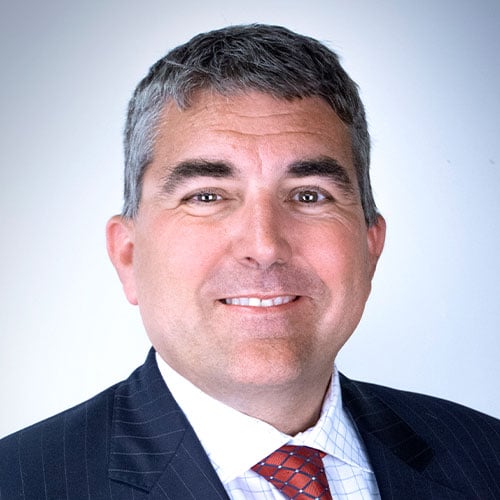Stock market volatility is common and cannot easily be avoided. We know selloffs are going to happen. Unfortunately, we do not know when they will happen. The financial planning process needs to consider and plan for the worst case and other potential but unlikely events.
In this way, we seek to be like legendary Olympic swimmer Michael Phelps. Before a race, Phelps and his coach Bob Bowman would sit down and imagine everything that could go wrong. Then Phelps would “swim that race”—meaning Phelps was prepared for the toughest fight imaginable.
Incredibly, Phelps was even prepared for the time his swim goggles filled completely with water. This was during the 2008 Olympics, when Phelps was aiming to win eight gold medals, thereby breaking the single-Games record for golds. And because he swam in exactly eight events, Phelps needed to be perfect in each race. Of all of these, the one he knew he would not have to worry about was the 200-meter butterfly. In that event, he was unquestionably without equal.
But while his win was expected, the way he won was shocking. You see, after the first turn, Phelps’ goggles filled with water. He swam 75% of the race totally blind.
The power of negative thinking
So how did he win? Phelps has many great habits and great talents. But he describes his greatest competitive advantage as “the power of negative thinking.” With his coach, he quite literally prepared for the worst. He had, in practice, swam this race blind. He knew exactly how to do it.
In all of the thousands of races Phelps swam, his goggles filled with water exactly one time. The chance of that ever happening to him was miniscule. The chance of it happening at the 2008 Olympics was infinitesimal. But at the end of the day, what mattered was that Phelps had prepared for the worst-case scenario. And that is why he won.
The planning process
Now think about how you have engaged in the financial planning process with your advisor.
- First, your advisor uncovers and captures what you want: What makes you happy? What are your specific wishes, hopes, dreams and desires?
- Then, your advisor collects information about your assets and income.
- Finally, your advisor tests whether your assets, income and behaviors are sufficient to accomplish your goals. This “test” is the financial plan.
In testing the viability of your assets and income to meet your goals, your advisor begins with a fairly standard list of assumptions, including how long you will live, how your investments will grow, and how the costs of your needs and wants will increase.
Typically, your advisor will start by looking at your current state and historical averages. Your income will grow at the pace it has grown. Your business will continue its pattern of economic success. Your investments will grow at an average rate over time. Inflation, too, will continue at its historical average.
The reason for these baseline assumptions is that over time, on average, for the “typical” client, they are the best predictor of what will happen.
However, your advisor needs to test your plan based on a different set of assumptions. This is where “the power of negative thinking” comes in—or, as Admiral Stockdale put it, hope for the best and plan for the worst.
- What if your income goes down? What if it goes away?
- What if your business fails?
- What if you do not live until 86.3 years old? What if you live to 96.3? 106.3
- What happens if your spouse files for divorce?
- What happens if the markets perform worse than anticipated because a virus shuts down the economy?
- What happens if one of your children requires additional support?
The list of what-ifs can go on and on. The genius of planning is you can visualize the impact of “the worst” without necessarily experiencing it. You can see, in vivid detail, the economic consequences of bad things that statistically do not happen to the average person but could happen to you.
In this way, you get to test different ways to deal with the unthinkable. You get to see what works and what does not.
And then you can build a plan to handle the worst. It will include what you will do today to help prepare for those bad times, plus a plan of action for what you will do if and when the worst occurs.
